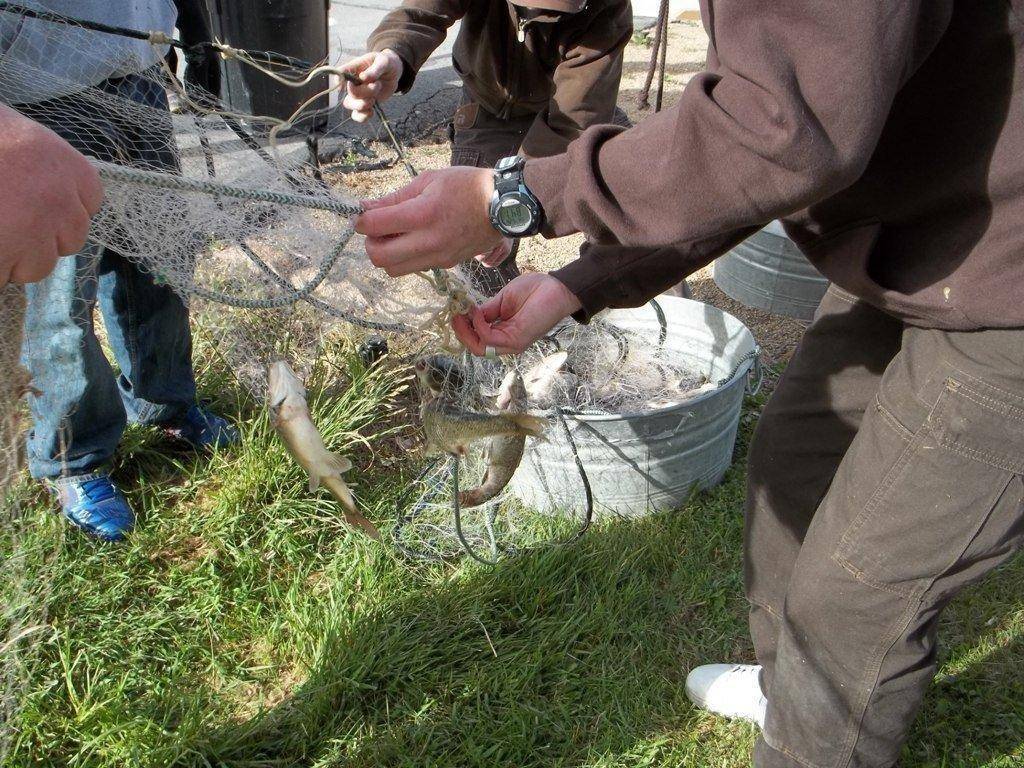Fisheries Biologists from the Division of Wildlife Resources have had a very busy week. They, along with interested community volunteers, have sampled the fish populations of both Joes Valley and Huntington North Reservoirs.
The process the DWR uses to judge total population and determine population health is called gill net surveying. Biologists set nets that stretch over 100 feet with varying mesh sizes, to collect a sample of the fish in several areas of a reservoir. The return the next day, gather the fish from the nets, categorize the species, measure and weigh each fish, and sample stomach contents to get their data.
Beyond the usual motivation to collect the information, biologists had extra incentive to complete this week’s projects. The DWR has recently stocked both Joes Valley and Huntington North Reservoir with unique fish species.
Tiger muskies, a cross between muskellunge and northern pike, were introduced into Joes Valley last year to serve as a predator for the invasive chubs in the reservoir. The biologists were excited to see how well the fish had done, and DWR biologist Justin Hart revealed that they were pleased to catch several dozen of the fish, with many measuring between 25 and 30 inches.
He also shared that he was thrilled to see that the stomach contents of the larger fish showed that they were doing precisely what biologists had intended them to do, eat chubs.
At Huntington North, biologists were excited to learn how the wipers, a cross between white bass and striped bass, had done since being introduced last year. They were also interested in seeing a increase in size and numbers of largemouth bass in the reservoir.
Several sizeable largemouth bass were collected in the nets, exciting the biologists and volunteers. Unfortunately, they were not able to collect any wipers in the three nets they had set the previous evening. DWR Fisheries Manager Paul Birdsey played down the disappointment, explaining that biologists at a similar fishery had not collected the fish for the first three years they had done the data collection.
Overall, Birdsey said he was pleased. He expressed gratitude to his staff and the volunteers who he said made the process go “much faster”.
Representatives from the DWR encourage the public fishing at Joes Valley to remember that tiger muskies are protected until they reach 40 inches, which they don’t expect to happen until later this year or next spring. Until that point, they require all tiger muskies caught to be released.

